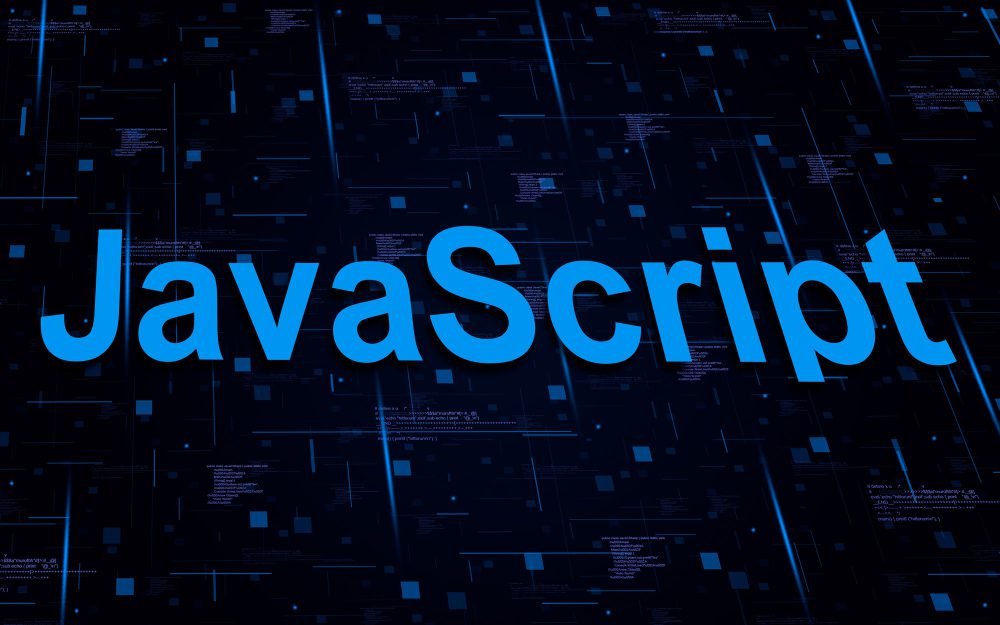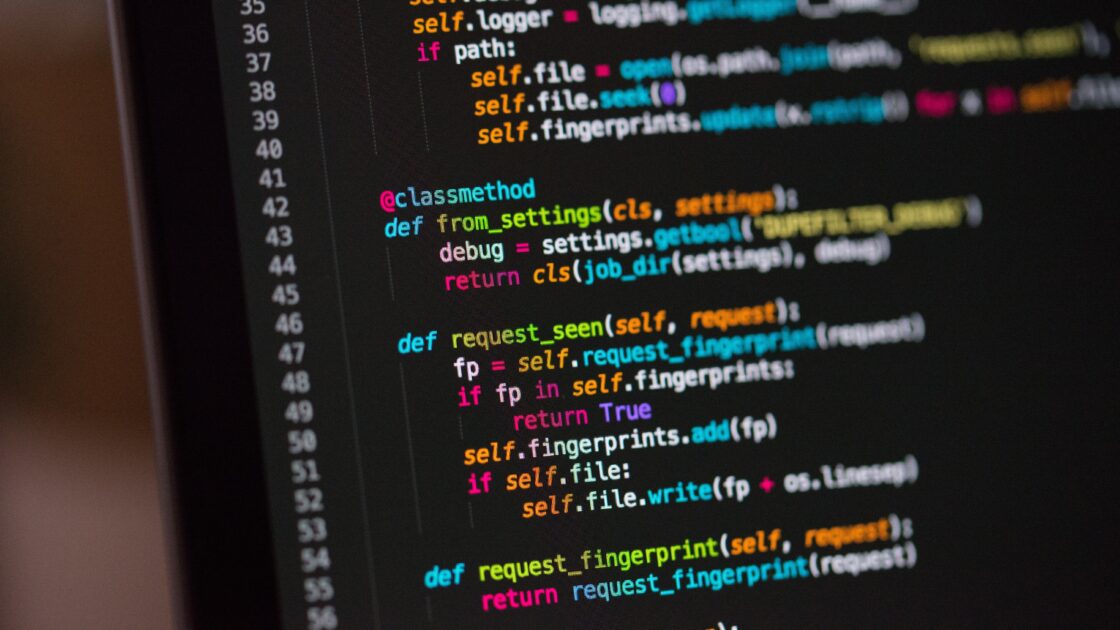Python and JavaScript are arguably two of the most popular and widely used programming languages in the world.
According to the StackOverflow Developer Survey, JavaScript has been the most commonly used programming language. In the survey, Python was a close second to JavaScript when comparing the most popular languages among professional developers and those learning how to code.
Another useful statistic on programming languages is the PYPL Popularity of Programming Language Index which analyzes how often language tutorials are searched on Google. According to PYPL, Python leads with a share of 28.04 percent as of August 2023, while JavaScript comes in third with a 9.27 percent share.
From those statistics, you can be sure that both Python and JavaScript are going to keep dominating and will remain very popular among developers in the years to come. If you are a developer looking for a language to learn and are still unsure of what to learn, Python and JavaScript are good places to start.
Before we go ahead and start listing the various differences between JavaScript and Python, let’s first go through a general overview of the two languages.
An Overview of JavaScript

JavaScript is a high-level and dynamically typed programming language that was created by Brendan Eish and released in 1995 as a scripting language for web browsers. Since then, JavaScript has grown immensely in popularity and has come to dominate web development.
JavaScript is the language that breathes life into websites and web applications, allowing them to be dynamic, interactive, and user-friendly.
Although it was initially intended to be a web scripting language, JavaScript’s use is not limited to web scripting. For instance, JavaScript has made its way into the development of servers through frameworks such as Node.js, game development, and the development of desktop applications through Electron.js.
You can also develop mobile applications with JavaScript by using React Native. There are a lot of things that you can do with JavaScript.
An Overview of Python

Python is a high-level, object-oriented, interpreted, and dynamically typed programming language developed by Guido van Rossum and released in 1991. Python is a language that emphasizes code readability and a clean, concise syntax.
This makes it an excellent choice for beginner developers to use in learning programming and also ideal for experienced developers to use.
Python’s versatility has allowed it to find use in a variety of fields. Python has made a name for itself in machine learning, artificial intelligence, data science and analysis, automation, scientific research, and web development using frameworks such as Django and Python Flask, among others.
Python vs. JavaScript: Head-to-Head Comparison
Since both Python and JavaScript are close rivals in terms of popularity and use, it might be hard to decide what to learn between the two. To make the decision-making much easier for you, let us look at a comparison between these two very popular programming languages.
#1. Sytanx and Readability

The syntax for writing Python and JavaScript are very different. Python uses indentation and whitespaces to define code blocks, while JavaScript uses curly braces. JavaScript often requires the use of semicolons at the end of code statements, while Python does not require semi-colons. Python uses line breaks to separate code statements.
Generally speaking, Python’s syntax is known for being clean, simple, easy to read and follow, and thus easier for beginners and experienced developers to grasp. Python was designed to be human-readable and straightforward. JavaScript’s syntax, on the other hand, is not as readable as Python’s. With JavaScript, it might get hard to follow or understand what a program is trying to achieve, particularly for beginners.
#2. Performance and Execution Speed
The next obvious parameter when comparing programming languages is which language will give you the best performance and fast execution speeds in your application. On this front, there is a clear winner, JavaScript. JavaScript performs better than Python and offers faster execution speeds.

If you are to compare the performance and execution speeds of a Node.js application to a Python application, it is almost guaranteed that the Node.js application will come on top. This has been shown using a variety of benchmark tests, such as the one performed by the Benchmarks game team. Out of the ten tests performed between Python and Node.js, Node.js was faster in 70% of the tests.
These results can be attributed to the fact that Node.js supports multithreading, which is not supported by Python. Additionally, JavaScript uses Just-in-Time (JIT) Compilation, whereas Python code is interpreted one line at a time which can create performance overhead.
JavaScript has been optimized for the web and offers more responsiveness and speed compared to Python, making it ideal in situations where real-time interactions are required.
However, it is important to note that there are a variety of ways to optimize Python code to improve its speed and performance, such as by using Cython. Python also shines in large-scale applications and CPU-intensive applications such as machine learning and processing lots of data. For instance, Instagram servers are completely written in Python.
#3. Libraries

Python is a batteries-included-programming language, and it comes with lots of built-in modules and libraries such as os, sys, collections, DateTime, and math which can be used to perform a wide range of tasks. JavaScript takes a different approach and comes with very few built-in modules.
However, JavaScript makes up for the deficiency by providing a vast ecosystem of external libraries and frameworks such as React, Angular, and Vue.js for frontend development and Node.js and Express.js for the backend, among many others.
Python, on the other hand, has tons of external libraries for things like machine learning, data science, artificial intelligence, and automation, among many other things.
Both Python and JavaScript have lots of libraries in the areas where they are most used; that is, JavaScript has lots of external libraries for web development, while Python has lots of libraries for data science, machine learning, artificial intelligence, and automation, among others. The two differ in built-in libraries and modules, with Python offering way more than JavaScript.
#4. Cross-Platform Compatibility

Cross-platform compatibility refers to the ability to create software that can run smoothly on different operating systems and hardware platforms without significant modification. Both JavaScript and Python allow for cross-platform development.
Out of the box, JavaScript can run on any operating system that can support a browser. It also provides frameworks and libraries that allow you to develop software across a variety of platforms.
Node.js, a popular JavaScript framework for server-side development, can run on Windows, macOS, and Linux. To build desktop applications, you can use Electron.js to create applications that run on Windows, macOS, and Linux.
For mobile applications, JavaScript frameworks such as React Native can be used to develop applications for iOS, Android, Android TV, and tvOS.
Python is also a cross-platform language and is designed with portability in mind, such that you can write Python code and run it anywhere, as there are Python interpreters for a variety of operating systems.
#5. Community and Support

Being two of the most popular and widely used programming languages means that both Python and JavaScript enjoy the backing of large, strong, and active communities.
These communities consist of developers learning the language, developers building different tools using the language, and developers with vast experience using the language.
You’ll thus find lots of other developers who are willing to answer your questions and help you out when stuck, regardless of the challenge that you are facing.
The fact that both these languages have communities of users means that you will never lack resources, be it courses or tutorials online, to use when learning.
There are a vast number of JavaScript and Python learning resources on online learning platforms, lots of technical articles on the languages, and YouTube is flooded with JavaScript and Python tutorials and guided projects.
#6. Career Opportunities

Both JavaScript and Python are in demand and offer lots of job opportunities. JavaScript developers often get into roles such as front-end development, back-end development, full-stack development, UI/UX Development, mobile application development with react native, and DevOps engineering, among others.
Python Developers, on the other hand, get into data science roles, data analysis, machine learning, backend development, DevOps, and automation engineering, among others.
According to Devjobsscanner, which scans over 15 job boards for developer roles, from January 2022 to May 2023, there were 915,000 job offers that required JavaScript or TypeScript. This makes JavaScript the language with the most job openings representing about 29 percent of all developer jobs.
Python came second with 603,000 job offers within the same period, representing about 20 percent of all developer jobs.
According to Indeed, Python developers make an average of $112,913 annually, while their JavaScript counterparts make an average of $108,433 annually. With both JavaScript and Python, you can be sure you will get career opportunities that pay well.
Python vs. JavaScript: Similarities and Differences

JavaScript and Python share some similarities. Both are high-level languages. This means that they are designed to be easy to read and write. To achieve this, they abstract a lot of hardware complexities and low-level details.
The two languages are also dynamically typed languages. This means they don’t require predefined variable types, and variables can change types during their lifetime and not compile time.
Python and Javascript are also object-oriented in nature and use objects as the fundamental building blocks for creating software. This makes both languages ideal for building large-scale applications.
Both of these languages support functional programming and also have automatic memory management that makes use of automated garbage collection. This means that developers don’t have to do manual memory allocation and deallocation to create space for other tasks.
Aside from the obvious difference in syntax and how code is structured, a key difference between Python and JavaScript is in how both languages are used. JavaScript shines in web development for both client and server-side development and in building mobile applications using React Native and desktop applications using Election.
Python, on the other, has a much broader use case. Python is widely used in data science, data analytics, machine learning, automation, scripting, artificial intelligence, and scientific computing. Python can also be used in web development.
Python vs. JavaScript: Quick Comparison
| Feature | Python | JavaScript |
|---|---|---|
| Syntax and Readability | Has a clear, simple, and more readable syntax. Makes maintaining code easy. | Javascript does not provide easy code readability or maintainability. |
| Performance and Execution Speed | Its performance and speed don’t match that of JavaScript, but it shines in CPU-intensive applications | Offers better performance and faster executions, particularly in web applications. |
| Typing | Dynamically typed language. Strong typing is enforced. | Dynamically typed language. Weak typing allows for flexible type conversions. |
| Cross-Platform Compatibility | Allows cross-platform application development. | Allows cross-platform application development. |
| Ecosystem & Libraries | Diverse ecosystem with libraries and frameworks for various domains. Comes with a lot of built-in libraries and modules | Comes with far less building in libraries and modules. However, it has a strong ecosystem for web development with lots of front-end and back-end frameworks and libraries. |
| Community and Support | Has a strong, active, and welcoming community, particularly in data science and machine | Has one of the largest and most active developer communities, particularly around web development |
| Popular Use Cases | Data analysis, machine learning, scientific computing, automation, web scraping, and scripting. | Building interactive websites, web applications, mobile apps, server-side scripting, and real-time applications. |
| Career Opportunites | Is in demand and offers lots of career opportunities | It is in demand and offers lots of career opportunities |
| Learning Curve | Known for its readability and ease of learning. Often recommended for beginners. | Learning curve can vary, but it is a bit harder for beginners to pick up compared to Python. |
Conclusion
Python and JavaScript are two very popular programming languages that are also in great demand in the job market. By learning either of these two languages, you can be sure that you’ll have a community to support you, and you’ll have opportunities to use your skills.
The two languages, however, differ in different areas. JavaScript is a great language if you are interested in getting into web development.
Python, on the other hand, is easier to learn and is best suited for fields like data science and analysis, machine learning, automation, and artificial intelligence.
To decide what language to use between the two, consider the comparison shared in this article and also factor in what you are interested in getting into. However, you be assured that both of these languages are excellent choices if you want to get a job as a developer.
You may also explore some resources to learn Python for beginners.

